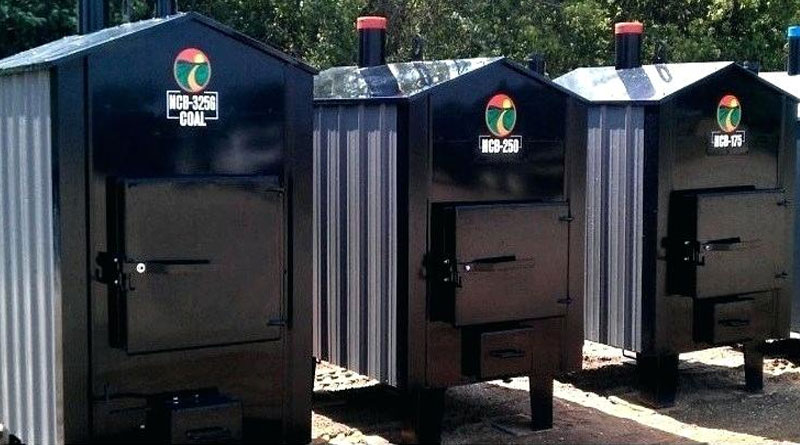How It Works: Outdoor Wood Furnace
An outdoor wood furnace can ensure your home stays toasty warm even during the coldest winter nights, but many would-be furnace owners find themselves confused to how the system works. Instead of not using and outdoor wood furnace to lower your energy bills, help the environment and heat your home, look at this great system as a viable option when it comes to heating your home. An outdoor wood furnace can quickly pay for itself many times over and keep your home a great deal warmer than other, traditional forms of heating, including electricity, liquefied petroleum gas (commonly known as LP gas) and natural gas.
In addition to heating your home, an outdoor wood furnace can also heat your water so that you can retire that energy and money sucking hot water heater and enjoy hot water without the cost. Just like a traditional hot water heater, you can set a thermostat on your outdoor wood furnace to keep your water at an exact temperature that is safe for you and your family. If you have a recreational body of water to heat, such as a spa, hot tub or pool, your wood furnace can heat the water quickly and easily. Adding a hot tub or spa to your home can be quite expensive after the fact, once your energy bill arrives and you see exactly how much it costs to heat water to the proper level to ensure bacteria, molds and fungi are killed. Instead, use your outdoor furnace to heat your new toy without costing you an arm and a leg.
An outdoor wood furnace sits up to 500 feet from your home or any other building that you intend to heat, allowing you to move the noise away from your home. Most furnaces that are located outdoors pump heated air to the structure that is to be heated via underground pipes. These pipes are insulated so that the air being pumped to the structure stays hot. Once the air enters the structure, it travels through traditional heating systems, including a radiant baseboard, a forced air furnace or a radiant floor system to heat the building. In addition to heating your home, this furnace can also heat outbuildings, so that your greenhouse, storage shed, garage, pool house, boat house, guest house, barn or workshop is toasty throughout the winter season.
By burning wood, you avoid consuming fuels that are dwindling in the environment. Fuels like natural gas, LP gas, coal, and kerosene are limited and cannot supply the planet forever. By using wood, a renewable resource for your heating needs, you work to help the environment instead of hurting it. Furthermore, burning wood does not produce any excess carbon dioxide, which is produced when fossil fuels are burned and attributed to causing the greenhouse effect, where hot air is trapped on the earths surface, slowly raising the environmental temperature and melting polar ice caps. Finally, burning wood helps forests and serves as a pruning effect on overgrowths so that trees can expand and grow to their full size.
Just like a traditional furnace, those that burn wood feature a standard thermostat that allows you to control the temperature inside your home easily. Once the thermostat is lowered, the furnace is told to stop adding wood in order to lower the temperature. Conversely, once the thermostat is raised, the furnace will add more wood to the fire in order to increase the temperature. Although the furnace uses wood, the constant attention required for wood burning fireplaces is nonexistent, since the outdoor wood furnace is capable of both controlling temperature and adding more wood on its own.

